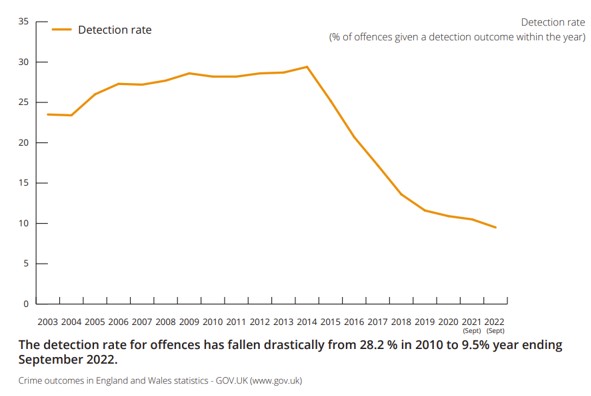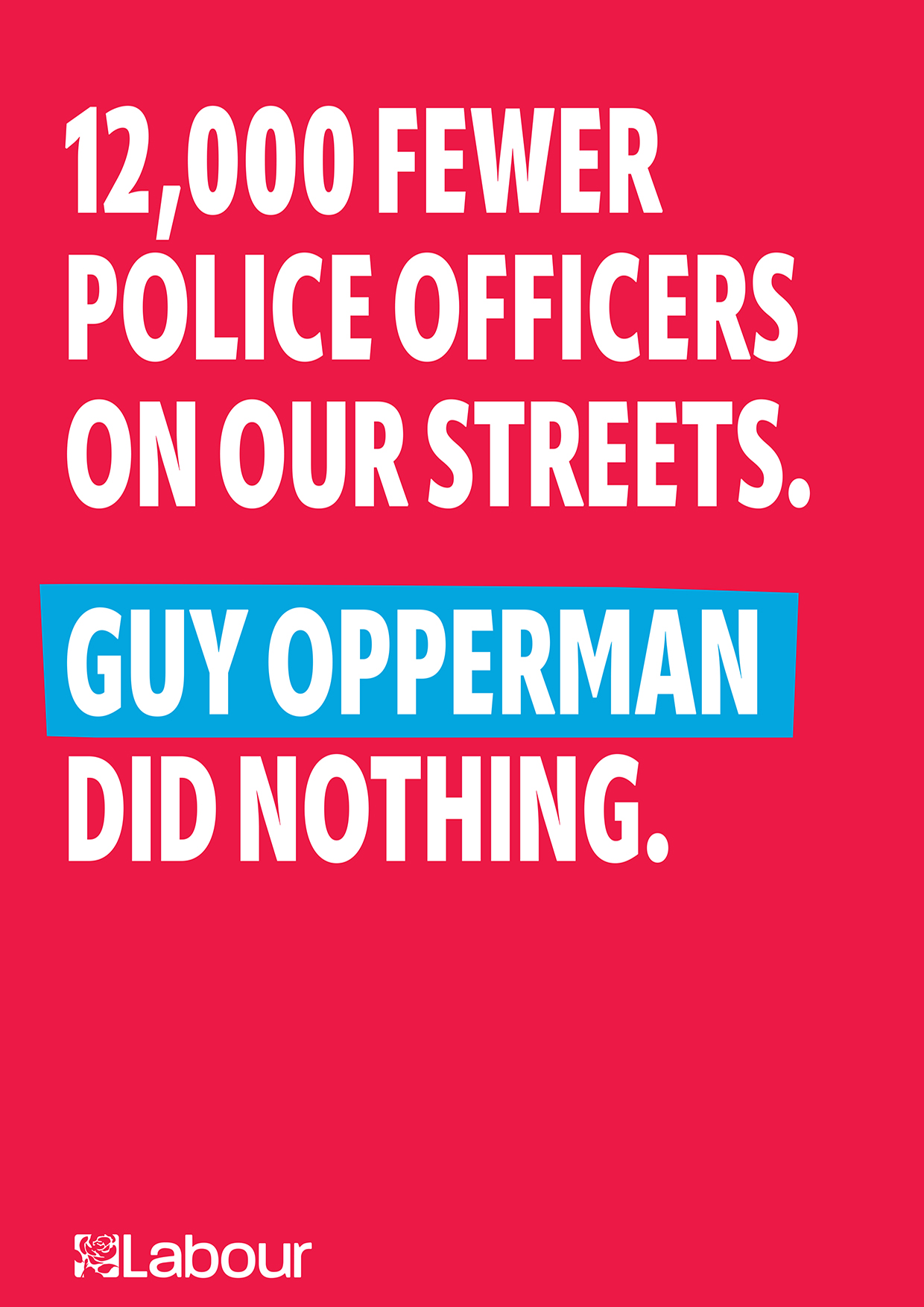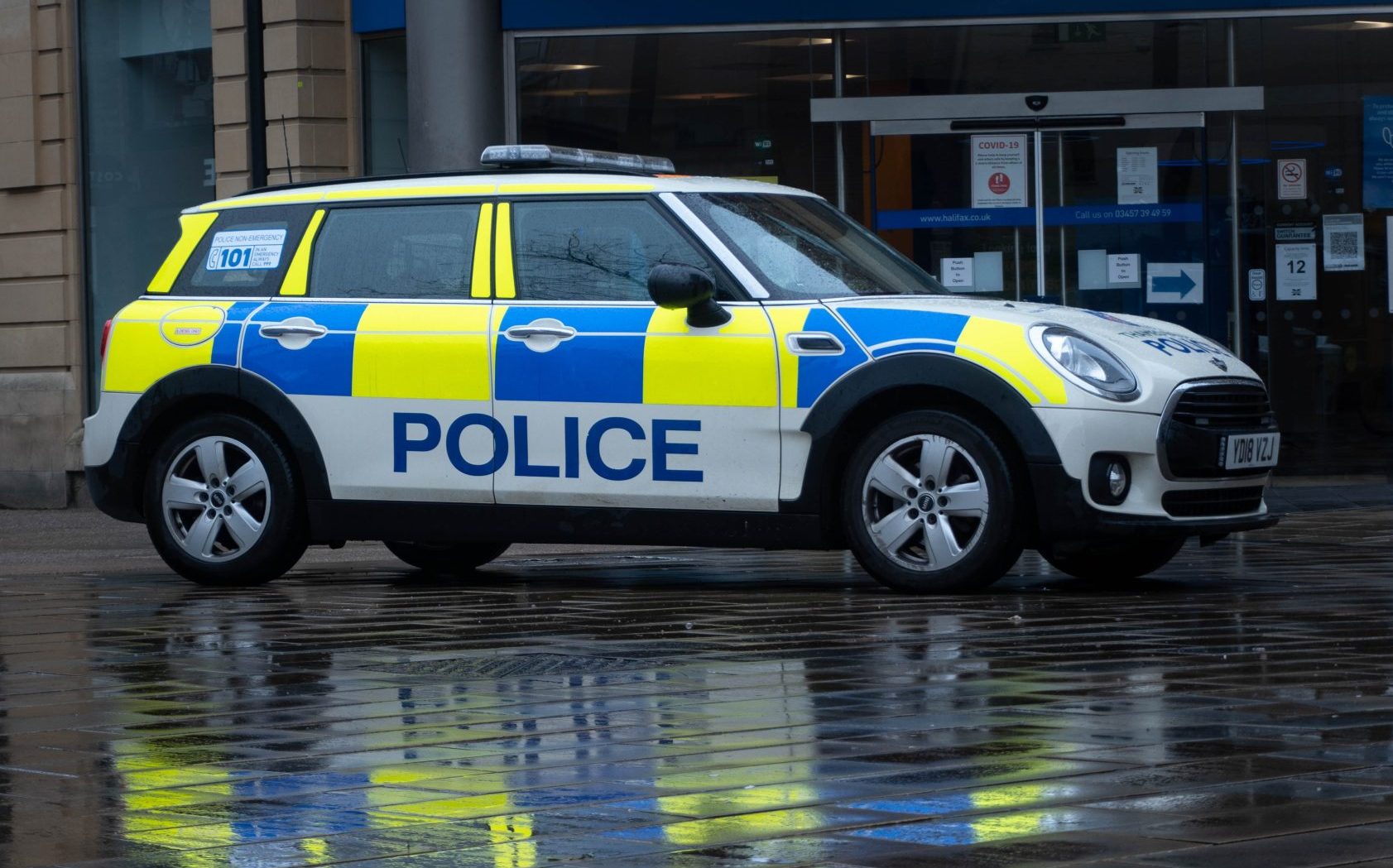Making Britain’s streets safer
The second of Labour’s five missions in government will be to halve serious violent crime and raise confidence in the police and criminal justice system to its highest levels, within a decade.
Labour believes that feeling secure is the bedrock on which opportunities are built, communities can thrive, and local economies can prosper. That sense of security has slowly eroded over the past 13 years as levels of violent crime remain too high and confidence that there will be any consequences when a crime is committed, has fallen. Too often people fear that when things go wrong, no one will come and nothing will be done. Crime destroys lives. So does the fear of crime. This has an impact on working people, communities and local businesses, damaging social cohesion and local economies. Tackling it is an issue of social justice, with those who are vulnerable or on low incomes, being much less likely to feel safe or secure.
The Conservatives have failed to tackle the causes of crime and invest in crime prevention
Crime prevention work has been heavily downgraded over the last 13 years, with Home Office leadership on prevention abandoned and partnerships undermined. There has been no serious cross-government effort to prevent young people being drawn into crime, or learn from where prevention is having an impact. As a result, the level of serious youth violence has remained stubbornly high, with knife crime rising by 70% since 2015. In the year ending September 2022, there were over 46,000 recorded offences involving a knife or sharp instrument in England and Wales, with young men most likely to be both the perpetrators and victims of this crime.
With no one making any serious effort to lead young offenders away from a life of crime, or to break the cycle of criminality, many will go on to commit more crimes. Nearly one third of young offenders go on to reoffend, while the average number of previous offences per offender has increased from 13 in 2010 to 19 in 2021.
By 2018 the Tory government had cut 20,000 police officers. That had two direct impacts. Firstly, it led existing officers to backfill staff functions, removing many from the frontline and from visible policing within their communities. Secondly, it forced police forces to make tough decisions about prioritisation with the result that they retreated back into their immediate role in responding to incidents that were reported, rather than proactively preventing crimes from taking place at source. Even as the Government has tried to reverse its own cuts to policing, neighbourhood policing has not been restored – and there are still thousands fewer officers and PCSOs working in dedicated neighbourhood teams. That vital community connection between the police and local people in many areas has been lost with damaging consequences both for confidence and the fight against crime.
The Tory government’s mismanagement, absence of leadership and lack of resources provided to other public services such as mental health and social services has also caused a direct increase in the demand faced by police. They have, in the words of the inspectorate, been left to ‘pick up the pieces’. Over recent years police forces across the country have reported significant increases in demand linked to vulnerability, with police currently responding to more mental health calls than ever before. This has only further changed the policing model into one that is ‘reactive’ rather than ‘proactive’, meaning antisocial behaviour is tolerated, and public confidence is put under strain.


Our Mission
Our mission focuses on the twin challenges of reducing serious violent crime and raising confidence in our police. By focusing on these twin challenges, our mission will result in more visible policing, faster courts, higher standards and ultimately more criminals brought to justice.
Within a decade, our mission means we will:
- Halve the level of violence against women and girls.
- Halve the incidents of knife crime.
- Raise confidence in every police force to its highest levels.
- Reverse the collapse in the proportion of crimes solved.

Title Photo by Kyle Bushnell on Unsplash


